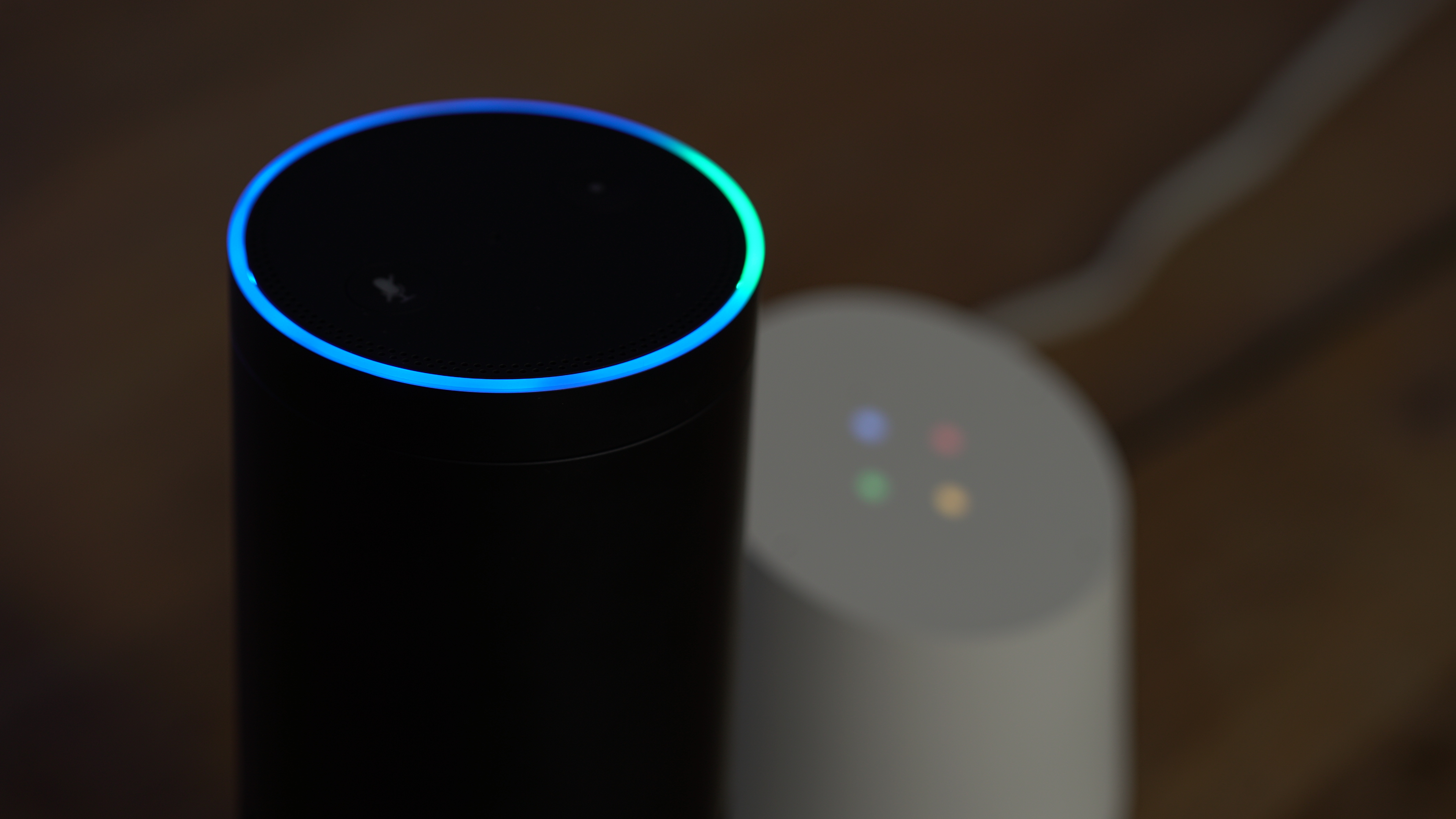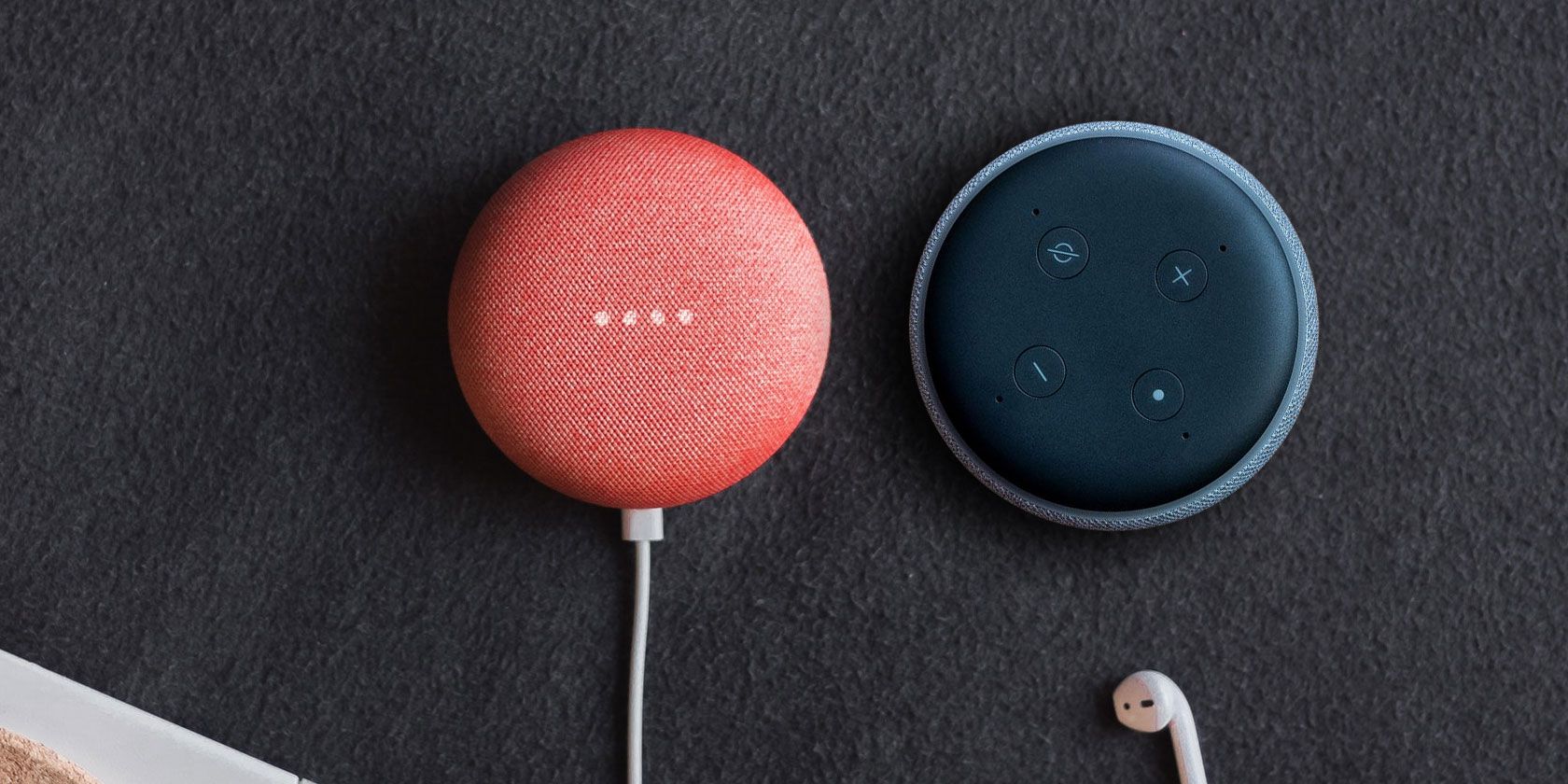Table of Content
However, you'll enjoy seamless integration with a large array of Google branded smart home systems. Google home integrates easily with smart gadgets like Chromecast, Nest Cam, and the Nest Doorbell. In terms of a sheer number of skills, Alexa posts great numbers.
If you want, Homey can even act as a bridge for these devices, so you can connect them to Google Home, even if the brand itself does not support that. This difference in focus means that the two systems are the best at different things. Google Home is great at voice control and interaction, and in performing the most common actions for a wide variety of tasks.
Price : Alexa vs Google Home Mini
Now, as the market has matured, you’ll find a collection of different gadgets available for your 21st-century smart home. The main change from the Google Home line of devices is the addition of screens on most Google Nest devices. This screen allows users to interact with the smart speaker using the touchscreen. In models that include a camera, this also allows for video calls and security camera functionality.
The Google Cast app, which was a companion for Chromecast devices, was renamed Google Home. That name has persisted, even though the physical devices are no longer branded as such. Nest Labs burst on the scene back in 2011, when it introduced the Nest Learning Thermostat. This was a revolutionary device, and it was the first time anyone was really excited about thermostats. The original Nest thermostat was a driving force in the rapid evolution of the smart home. With Google Home, your Nest and Matter devices work together reliably to help with your household needs.
Alexa – Amazon’s Virtual Assistant
However, for a device to connect with Google Home it has to be cloud connected. To connect to Homey, a device might be cloud connected, like for example your smart thermostat. However, not all your devices are in the cloud, and Homey does not require a device to be to connect to it. Voice assistants are an integral part of what makes a smart home system exciting to use.

Google Home launched with a cylindrical speaker design, in which the bottom third was a gray speaker grille, and the upper portion was stark white plastic. The top of the device was angled, with the surface showcasing colored status lights and capacitive touch controls. A button is located on the rear of the unit, which allows the user to mute the device. The entire device stood 5.62 inches tall and had a diameter of 3.79 inches — small enough to fit into most home settings. Google is trying to merge the two brands under one vision for home products, but the company still has a few degrees of separation. For instance, nest.com is still up and running for customers to interact with security cameras and thermostats.
Alexa vs Google Home
Its bass is well tuned, its mids and highs well defined, and its top volume levels loud without verging into highly distorted territory. The new Google Nest Mini is set to sound even better too, withy the inclusion of an extra speaker. Alexa's Drop In feature only works with other Alexa-enabled devices. That's a tough question because they're both similar and we find it difficult to pick between the two.

With a standard mini jack socket, you can use the device with most headphones. An auxiliary input allows you to play other audio sources by connecting them through a simple audio connection like a 3.5mm jack, i.e for MP3 or portable DVD/CD player. Devices with a subwoofer have a higher quality, deeper bass.
Google Home vs. Nest vs. Assistant: What Are the Differences?
It just doesn’t make much sense that you can’t use the Nest app to set up the Google Nest Hub, or that your Google Nest thermostat uses a different app than the Google Nest speaker. In 2019, Google rebranded the Google Home range of devices as Google Nest. Google Nest devices come in a range of shapes and sizes, but the most prevalent, the Google Nest Hub, features a 7-inch touchscreen perched atop a speaker. Here we’ll look at common functionality that people use these voice assistants for and what the differences are between Alexa vs Google Home. Google Home can control more than 1,500 smart home products so you can ask it to turn on your microwave, turn up the lights, and switch off the TV.

It doesn't have the number of third-party skills Alexa does, but it's still robust, and easier to talk to. I’ve been PCMag’s home entertainment expert for over 10 years, covering both TVs and everything you might want to connect to them. I’ve reviewed more than a thousand different consumer electronics products including headphones, speakers, TVs, and every major game system and VR headset of the last decade. It does not make any money on selling super-cheap Google Home devices. Instead, Google wants to cater ads to you based on what you like.
The underside has a non-skid material to keep the Mini in place. It also charges with Micro-USB instead of a more power-hungry DC plug, and the mute function is a switch, not a button.
Google Nest Audio sells for $100, or at a discount of $20 off for every two units you purchase from the Google Store. It’s going to take some time to clean up this branding mess. Eventually, the old Nest products will be replaced by newer models with Google logos. If you look past the names, these products are still clearly in two different bins. They might be sold in the same section of the Google Store, but some sport the Nest logo, while others have Google’s. The original Google Home speaker launched with a rename, too.

No comments:
Post a Comment